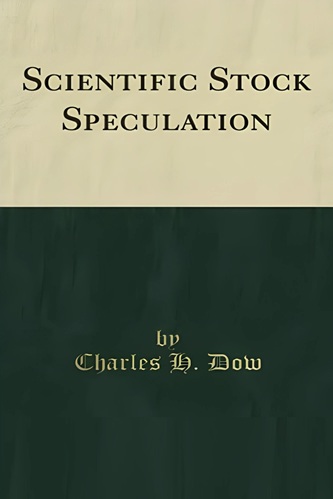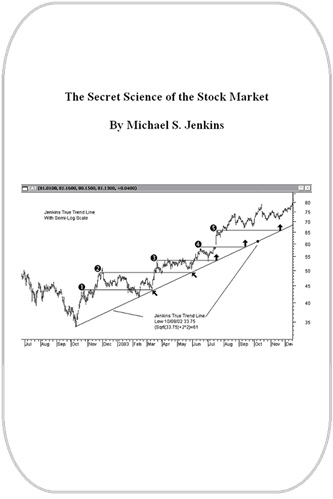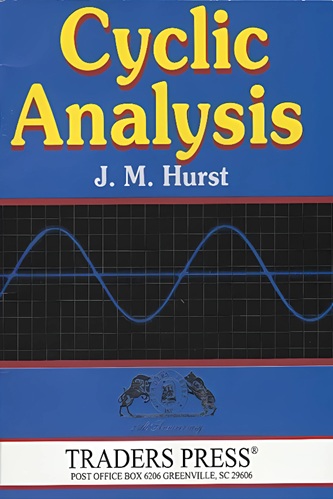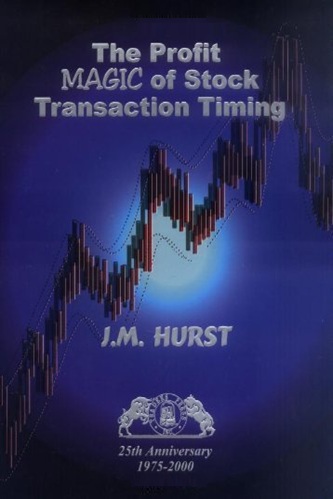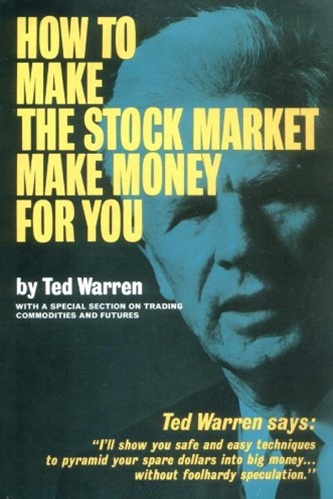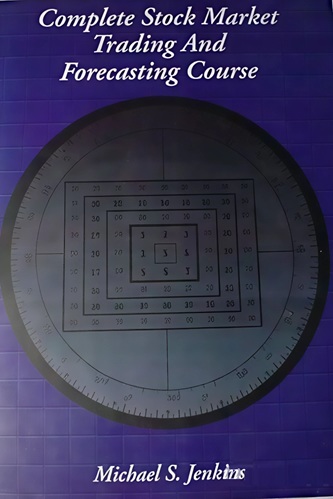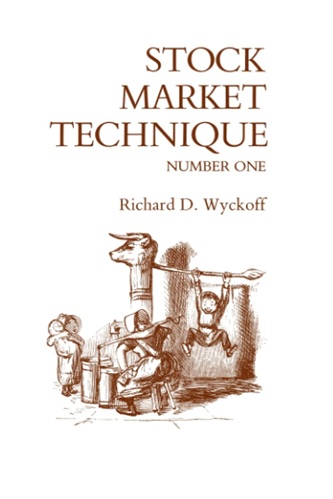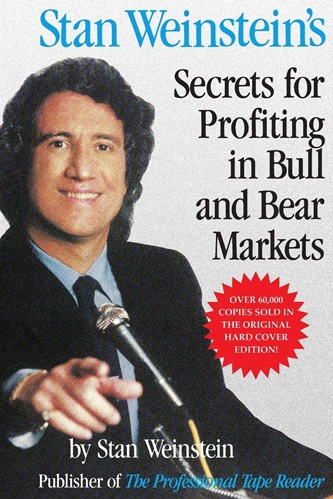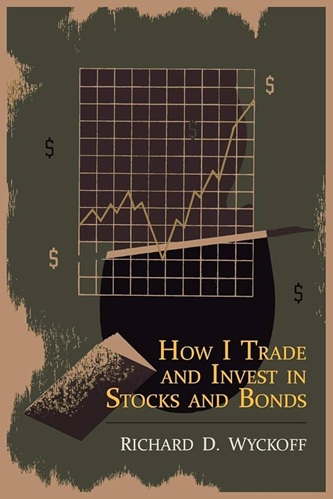Scientific Stock Speculation
$17.59
| Author(s) | |
|---|---|
| Product Type |
Ebook |
| Format |
|
| Skill Level |
Intermediate to Advanced |
| Pages |
101 |
| Publication Year |
1920 |
| Delivery |
Instant Download |
Scientific Stock Speculation by Charles Henry Dow is one of the most historically significant works ever written on market analysis. Drawn from Dow’s original Wall Street Journal editorials at the turn of the 20th century, this volume reveals the principles that became known as Dow Theory — the framework upon which all modern technical analysis is built.
Dow’s approach was revolutionary: he viewed the market not as chaos, but as a logical mechanism reflecting collective intelligence and economic reality. In these essays, he explains how prices move in trends, why averages must confirm each other, and how investors can identify primary, secondary, and minor movements with scientific discipline.
Rather than speculation based on guesswork, Dow advocated systematic observation, statistical reasoning, and emotional control — a scientific method of trading rooted in fact and behavior. His insights on value, trend confirmation, and public psychology remain as relevant today as they were over a century ago.
For serious traders, historians, and analysts, Scientific Stock Speculation is not just a book — it is the intellectual blueprint of the modern market.
✅ What You’ll Learn:
- The foundational principles of Dow Theory and price trend structure.
- How to interpret primary, secondary, and minor market movements.
- The relationship between industrial and railroad averages.
- Why confirmation between indices determines true market direction.
- How volume, sentiment, and news fit into the broader cycle.
- The logic of scientific, fact-based speculation versus emotional trading.
💡 Key Benefits:
- Learn directly from the originator of modern technical analysis.
- Master the reasoning that inspired Gann, Wyckoff, and Elliott.
- Gain a century-proven understanding of trend behavior and cycles.
- Build disciplined analytical habits based on observation and logic.
- A must-read for those studying the philosophy of market structure.
👤 Who This Book Is For:
This classic is for advanced students of market analysis, price-action traders, and financial historians who wish to understand the intellectual roots of speculation. It’s especially valuable for Gann, Elliott, and technical traders who seek to align their work with Dow’s original logic of market science.
📚 Table of Contents:
- Scientific Speculation
- The Two General Methods of Trading
- Three General Lines of Reasoning
- Swings Within Swings
- Methods of Reading the Market
- The Operation of Stop Orders
- Cutting Losses Short
- The Danger in Overtrading
- Methods of Trading
- The Out of Town Trader
- The Short Side of the Market
- Speculation for the Decline
- Concerning Discretionary Accounts
- The Liability for Loss
- The Recurrences of Crises
Scientific Stock Speculation By Charles Henry Dow

